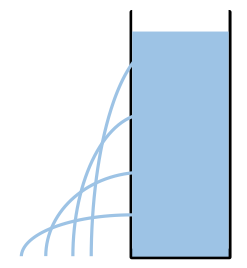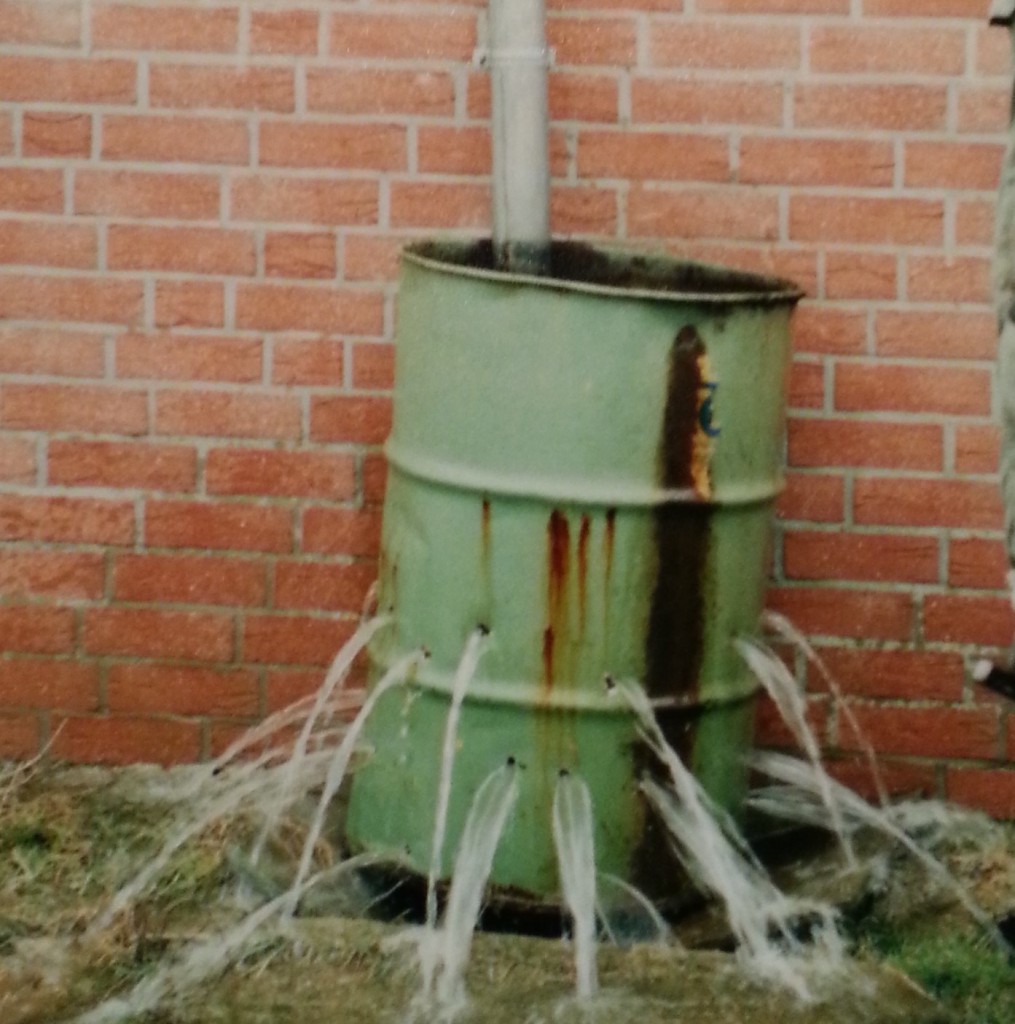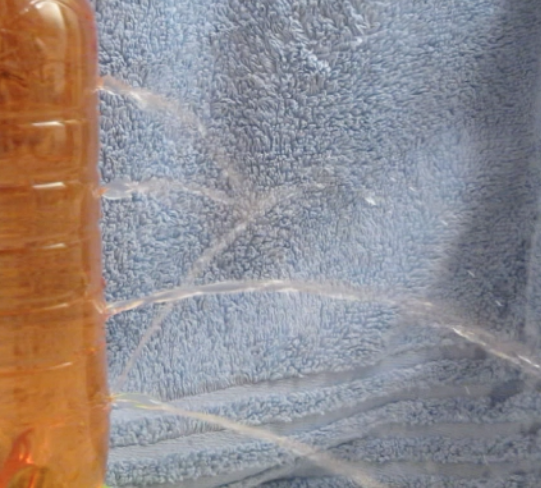
Hydrostatic pressure
What are students not understanding about hydrostatic pressure?
Tomorrow (today by the time this post will go online, I guess) I will present the paper “Identifying and addressing student difficulties with hydrostatic pressure” by Loverude, Heron and Kautz at the Journal Club at work. So tonight I am trying out a couple of experiments that I would like to show with it.
I already know that I am not supposed to show the experiments during the talk, but I figure that there is no harm in having them prepared in case anyone wants to see them afterwards.
And good thing I tried them before instead of just assuming that they would work!
For the first experiment, I had this awesome idea to re-create something I saw as a child when on vacation on a farm:
I was clearly very impressed with it – this picture is from 1994 and I remembered it and asked my parents to track it down for me!
Anyway. Since I wasn’t sure if my colleagues would be happy with that amount of water on the floor, I decided to go for a smaller version of the same thing.
This is what I wanted it to look like (and what it looks like in my presentation):

Hydro(almost)static pressure in the idealized case.
And this is what the experiment ended up looking like:
How disappointing! I guess the holes that I poked into the bottle aren’t well made. But good thing I tried. Watch the movie if you want to pay attention to if you ever want to present this experiment.
Yes. You want to use tape that keeps the water inside the bottle. Until you want to take the tape off. Then you wish you had used something that actually comes off…… ;-)


Ferd says:
Dear Mirjam, unfortunately your picture of “Hydro(almost)static pressure in the idealized case” is wrong. The water flow from middle-height hole will splash the farest than other holes. The bottom hole will splash the farest ONLY if bottle is at the edge of the desk. And water can fall BELLOW the desk surface.
Ferd says:
..sorry for poor wording: farthest (not farest) :-)
Letter tubes and hydrostatic pressure | says:
[…] difficulties with hydrostatic pressure” by Loverude, Heron and Kautz (the first two posts here and here). But I am still a bit in shock by what I read in that […]